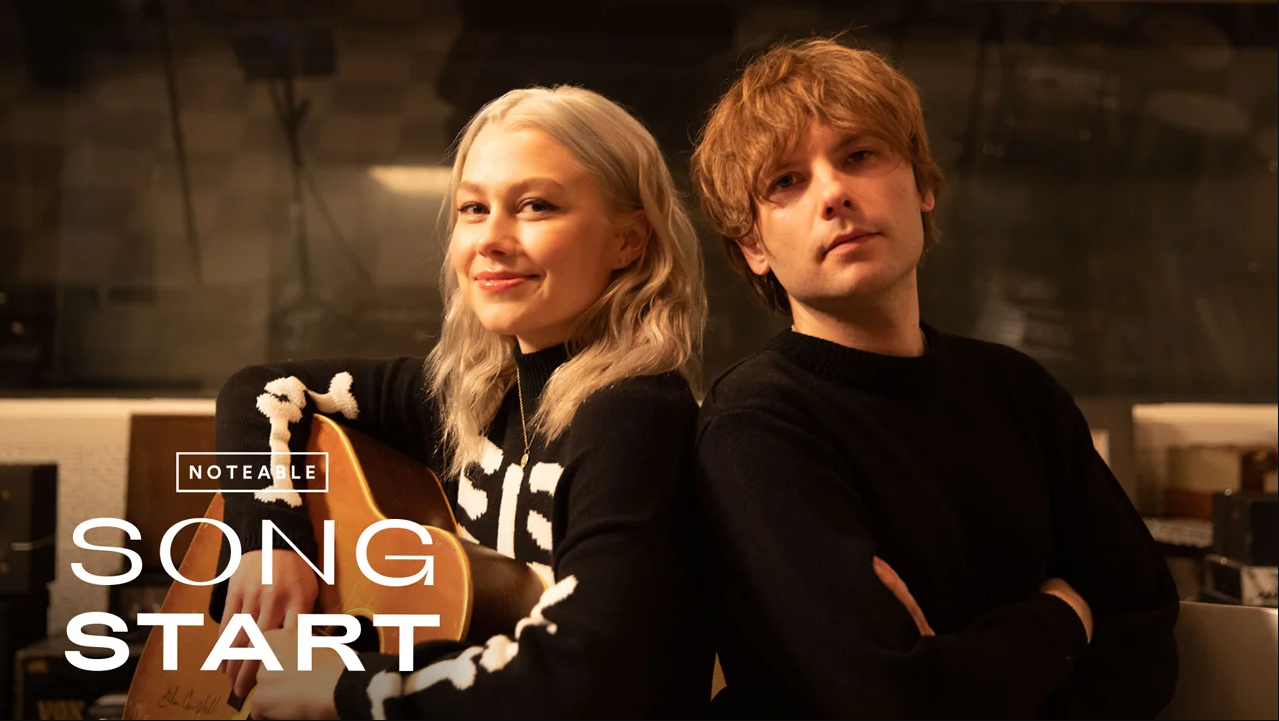How to start as a music producer – according to Spotify (video)
Image Credit: Spotify
New Song Start series from Spotify tells you exactly what you need to make music, with production tips from artists including Phoebe Bridgers.
Spotify for Artists explores the best ways to learn music production in a series of new YouTube videos. Song Start features advice for beginner music producers, from artists including Phoebe Bridgers and Marshall Vore, TOKiMONSTA, and Kito.
We’ve selected some top tips to help get you started as a music producer. The key takeaway? Just start messing around, and see what happens!
You don’t need expensive music production equipment
Kito started out copying artists and exploring creating sounds, making mistakes and learning as she went. She shares the basic tools you need to make your first demo – your instruments or voice, a DAW (music software), audio interface, microphone, and perhaps a MIDI keyboard.
Kito, who uses Logic Pro, recommends the Shure SM7 microphone and says you don’t need expensive studio monitors or headphones.
But you can even make music using just your smartphone. Free music studio recording apps like GarageBand and BandLab let you lay down tracks on an app using your device’s microphone.
Watch your levels
Whatever you’re using to make music, always watch your meter levels so you’re not recording too quiet, or heading into the red and recording too loud.
Phoebe Bridgers, recording on a smartphone using a Spire Studio, recommends that the input gain level should be about half or three quarters of the way towards maximum. It’s the same principle whatever you’re recording into, to avoid distortion.
How to record good vocals
Kito recommends using tools like reverb and a de-esser on vocals to give your recordings a richer quality, which will also give the singer a confidence boost.
Vocal microphone placement depends on the preference of the vocalist. Both Kito and Phoebe Bridgers agree a pop filter is a good investment.
Getting started with drums and bass
Use ready-made drum sounds from samples to find the perfect sound. Start with a kick, snare and hi-hat to start building your beat.
TOKiMONSTA says that your basslines don’t have to be complex – simple sustained notes are often all you need to compliment your beat.
Get to know your piano roll
Music production software is so accessible you don’t need to know how to play any instruments at all. Even with no music theory knowledge you can literally draw in MIDI notes onto the piano roll in your DAW, listening to what sounds right and learning the patterns that make up chords and melodies.
Mixing isn’t scary
Try out mixing tools to get the right balance between different tracks. YouTube tutorials can be found for almost every aspect of the music production process.
Editing and effects tools like compression, EQ, and reverb to even out your levels, bring your tracks to life and make sure every part stands out.
Train your ears for mixing
Really focus on listening. Just start messing around until you think sounds good. Knowing when to stop is the tricky part!
TOKiMOSTA, who makes beats in Ableton, recommends listening to your mix in a variety of different settings; through different headphones and speakers, in your car and in your living room; to hear imperfections and head back to fix them.
Get your music ideas into some sort of recorded form, even if that’s just using the voice notes app on your phone, and inspiration will follow.
Check out the Song Start videos on the Spotify for Artists YouTube channel. You’ll also find tips on songwriting, finding inspiration and collaboration advice, from the likes of John Legend and Charli XCX.
